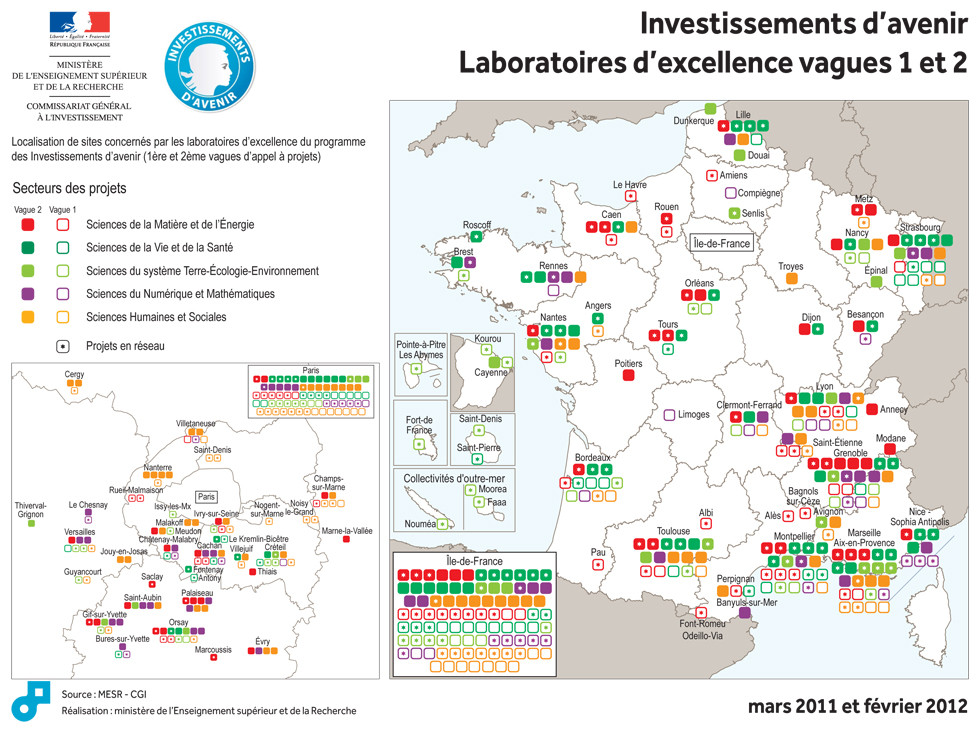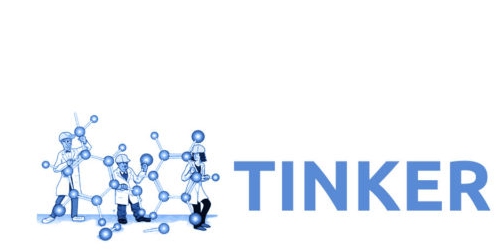Presentation
Calsimlab (2012-2019) is a cluster of excellence for research (PIA2 laboratoires d’excellence), training and transfer of knowledge.
Access to efficient scientific computing tools is becoming mandatory for research in every discipline. This requires the development and maintenance of a close scientific relationship between all disciplines involved, i.e., strong interdisciplinary cooperation, to establish a continuous working framework from theoretical modelling to numerical experiments.
CalsimLab focuses on currently very active research areas — computational chemistry and computational biology & bioinformatics —and gathers scientists from chemistry, physics, and microbiology together with applied mathematicians and scientists in computer science, mechanics and engineering.
Research project
CalsimLab build upon the complementary expertise and know-how provided by its nine academic partners, to improve simulation approaches, to enhance their accuracy and reliability, and to develop new methodologies to bridge from one scale to another one.
In computational chemistry, the aim is to define new mathematically sound models for the constitutive equations, develop consistent and accurate numerical schemes and implement efficient algorithms for computing the numerical solution within error bounds.
In computational biology, integrative genomics analysis requires efficient tools to tackle the joint analysis of various types of genomics information and existing software thus has to be re-engineered.
Training project
CalsimLab is playing an active role in training students at the interface between disciplines and promote the acquisition of dual competences with PhD theses that are co-directed by two advisors from different disciplines linked to scientific computing.
The labex fosters many new collaborative partnerships, primarily at the interfaces of disciplines, which are the most promising areas for new discovery, and at both UPMC and internationally. This will lead to new research programmes to attract bright students and young scientists starting from the undergraduate level.
Exploitation of results and technology transfer
As for any scientific research project, the exploitation of the results will mainly materialise through the number and quality of the CalsimLab related publications in international journals.
Thanks to long-term financial support, CalsimLab partners are taking up the challenge of developing new models, new numerical schemes and building new state-of-the-art packages for upcoming architecture. As has happened before, this will initiate a new cycle in the development of industrial applications.
Steering committee

Jean Philip Piquemal
LCT, UMR 7616is dedicated to fundamental research and applications in the field of molecular and supramolecular theoretical chemistry
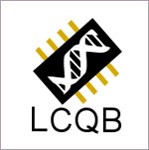
Alessandra Carbone
LQCBinterdisciplinary laboratory working at the interface between biology and quantitative sciences
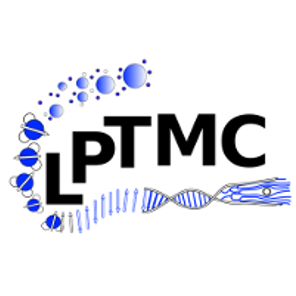
Pascal Viot
LPTMC, UMR 7600is concerned with chemical reactions in liquids, quantum solids and liquids, reactivity in inhomogeneous media, disordered systems, complex fluids and statistical mechanics of living matter
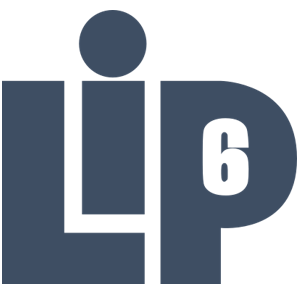
Jean Claude Bajard
LiP6, UMR 7606contributes to the analysis of the digital quality of scientific codes, computer arithmetic, image processing, HPC and grid computing

Yvon Maday
LJLL, UMR 7598its core activities are the analysis of the mathematical models, the development of numerical schemes and numerical simulation to calculate accurate approximate solutions
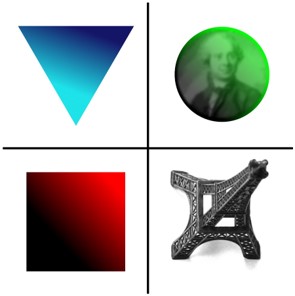
Stéphane Zaleski
d’Alembert, UMR 7190research activities span the fields of fracture mechanics, direct numerical simulation of two-phase flow, the study of slender structure and the simulation of large turbulent structures
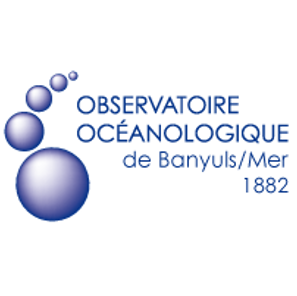
Marcelo Suzuki
LOMIC, UMR 7621assembles expertise in the fields of marine biogeochemistry, microbial biodiversity and ecology and the physiology of microbial biotechnology
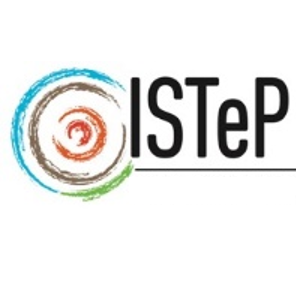
Philippe d’Arco
ISTeP, UMR 7193its main research topics are the thermo-mechanical numerical modelling of geodynamic processes, seismic data inversion and quantum dynamics (ab initio)

